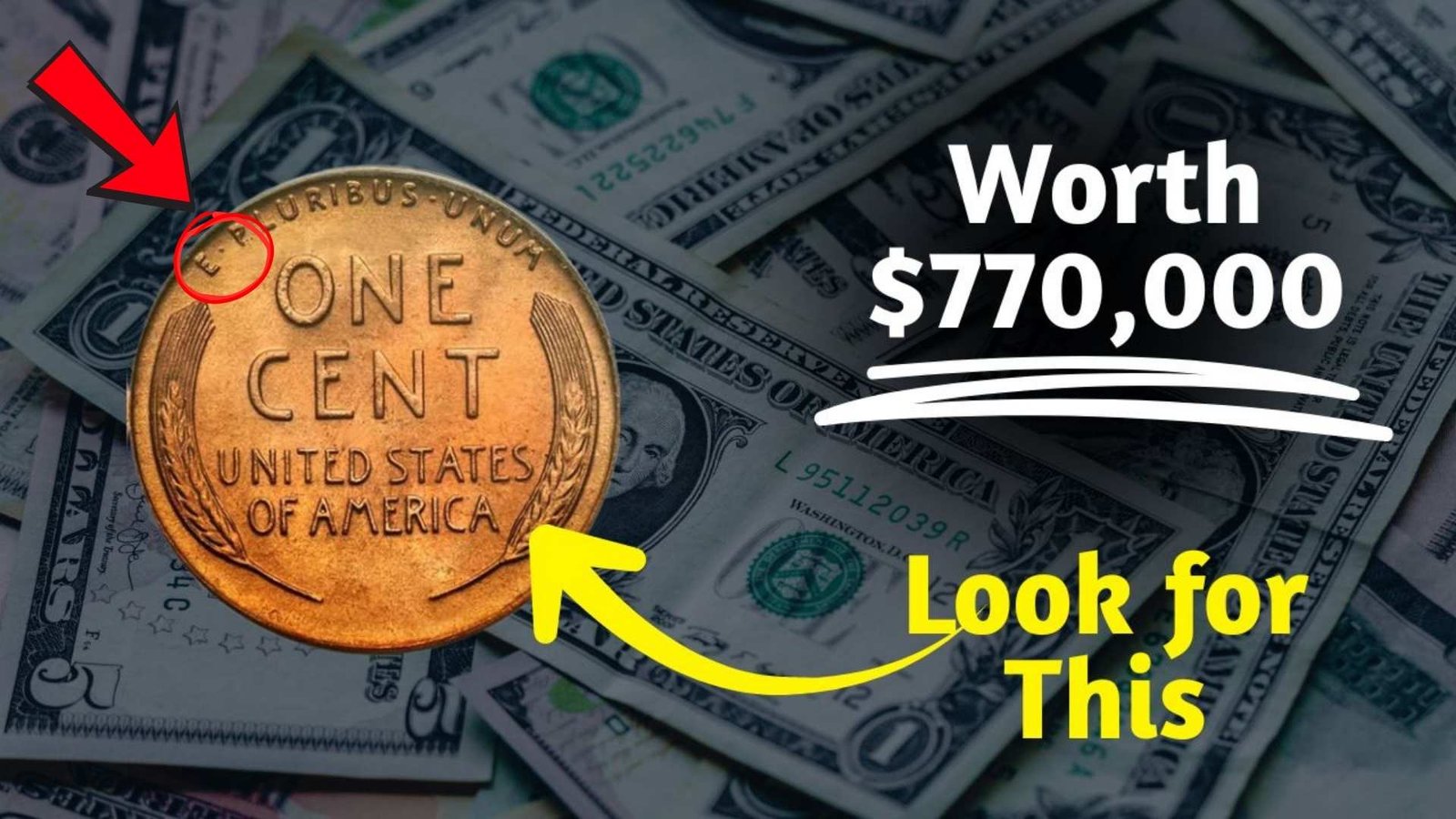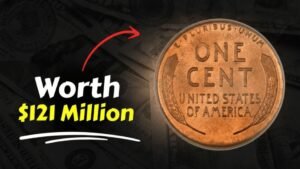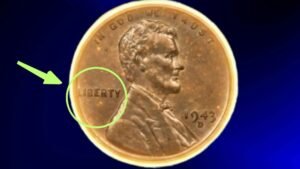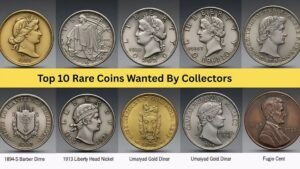Somewhere in America, a tiny copper coin worth $770,000 might still be hiding in plain sight — inside a jar, wallet, or even your pocket change. It’s not a myth or collector’s fantasy. This mysterious Lincoln Wheat Penny continues to shock the coin world, and yes, you could unknowingly be holding one right now.
The Hidden Treasure in Your Pocket
At first glance, a Lincoln Wheat Penny looks ordinary — a simple one-cent coin with Abraham Lincoln on one side and wheat stalks on the other. But a few of these pennies are anything but ordinary. One rare variant recently sold for $770,000, making headlines across the numismatic community.
The History Behind the Lincoln Wheat Penny
Introduced in 1909 to commemorate Lincoln’s 100th birthday, the Wheat Penny was the first US coin to feature a real person. It was minted until 1958, replaced later by the Lincoln Memorial design. However, during its production, some unique minting errors and variations made certain Wheat Pennies extraordinarily rare.
Why Is This Wheat Penny Worth $770,000?
The jaw-dropping price comes from a rare combination of mint errors, metal composition, and limited circulation. One of the most valuable is the 1943 Copper Wheat Penny, accidentally struck in copper when pennies that year were supposed to be made of steel due to World War II metal shortages. Only a handful are known to exist, making it one of the most valuable pennies in the world.
Key Features of the $770,000 Lincoln Wheat Penny
| Feature | Details |
|---|---|
| Year | 1943 |
| Metal Composition | Copper (instead of Steel) |
| Weight | Approx. 3.11 grams |
| Mint Marks | “D” (Denver) or “S” (San Francisco) |
| Current Estimated Value | $700,000 – $770,000+ |
| Known Examples | Less than 20 worldwide |
How to Identify This Rare Penny
Before you rush to check your coin jar, here’s how to spot the potential jackpot:
- Check the Year: Look for “1943.” If it’s not steel (magnet won’t stick), you might have a winner.
- Test with a Magnet: Steel 1943 pennies stick to magnets; copper ones do not.
- Inspect for Mint Marks: A small “D” or “S” below the year can raise the coin’s rarity even more.
- Weigh It: The real 1943 copper penny weighs about 3.11 grams, while steel versions weigh 2.7 grams.
1943 Wheat Penny Comparison – Copper vs Steel
| Feature | 1943 Copper Penny | 1943 Steel Penny |
|---|---|---|
| Color | Reddish-brown | Grayish-silver |
| Magnet Test | Non-magnetic | Magnetic |
| Weight | 3.11 grams | 2.7 grams |
| Value | Up to $770,000 | Face value (1¢) |
Why This Coin Still Circulates Today
Some of these rare coins slipped through the mint’s hands unnoticed. Over the decades, they’ve changed hands countless times — through banks, shops, and personal collections. Because the difference is subtle, many people never realize what they have. That’s why experts still believe a few could be hiding in everyday circulation.
Expert Tips for Coin Hunters
- Start Small: Check old jars, piggy banks, and coin rolls. Many discoveries happen in forgotten family collections.
- Use a Good Light and Magnifier: Tiny details make a big difference.
- Verify Authenticity: Contact a reputable grading service like PCGS or NGC to authenticate your find.
- Don’t Clean the Coin: Cleaning can drastically reduce value. Always preserve original patina.
- Track Auctions: Rare pennies appear occasionally in online auctions and estate sales.
Frequently Asked Questions
Q: Can I really find a 1943 Copper Penny today?
A: Yes, but it’s extremely rare. A few examples are still unaccounted for and could appear anytime.
Q: How can I sell a valuable coin?
A: Use certified auction houses or coin grading companies to verify and sell for maximum value.
Q: Are other Wheat Pennies valuable too?
A: Absolutely! Some 1909-S, 1914-D, and 1955 Doubled Die varieties can also fetch thousands.
The Final Word: Check Before You Spend That Penny
Imagine handing over a $770,000 penny at the grocery store without realizing it. That’s why coin enthusiasts are urging everyone to check their change before spending. Hidden treasures often come in the smallest forms — and this Lincoln Wheat Penny proves that even a humble cent can be worth a small fortune.




